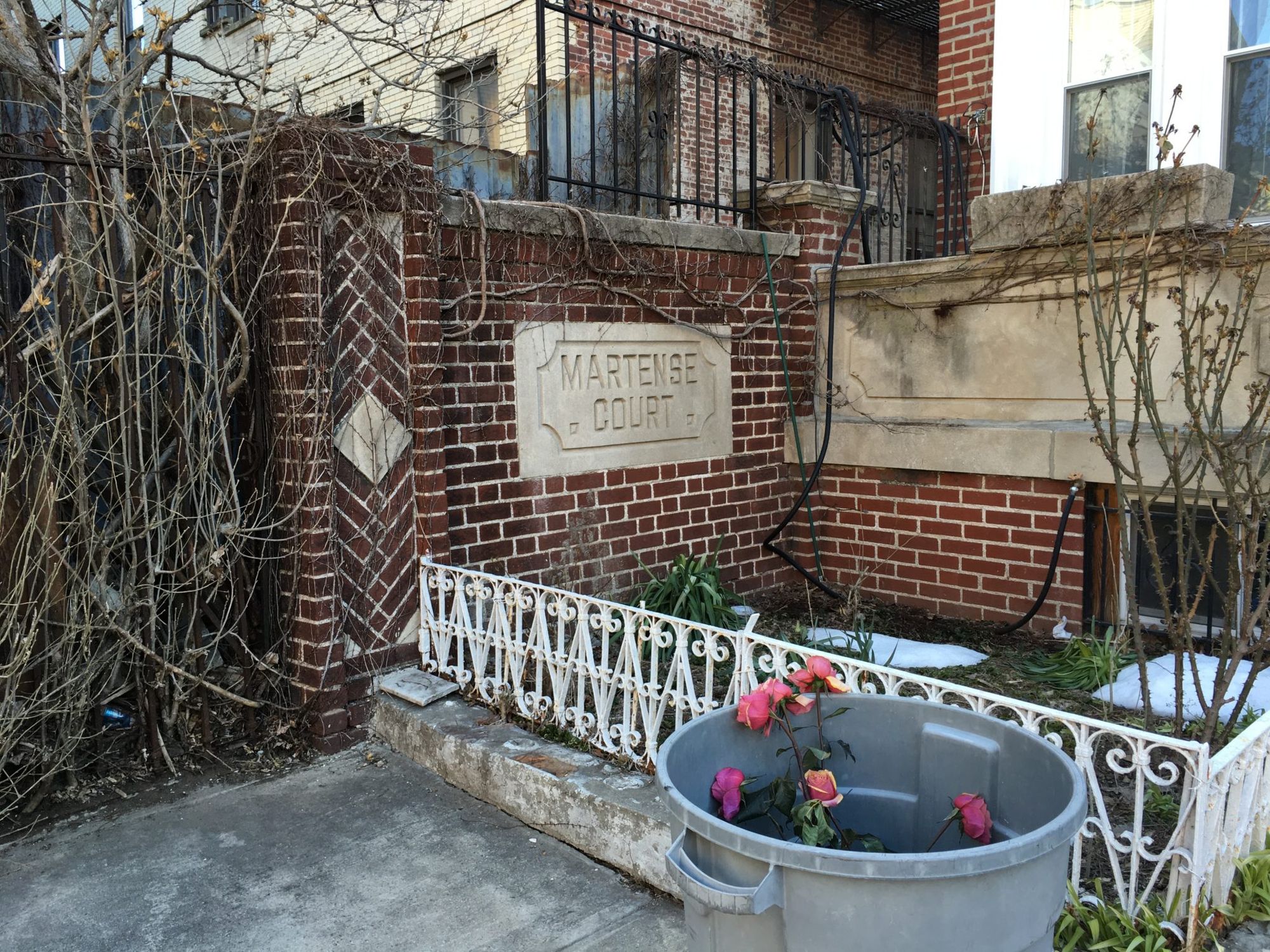Historic Real Estate: 14 Martense Court Then & Now
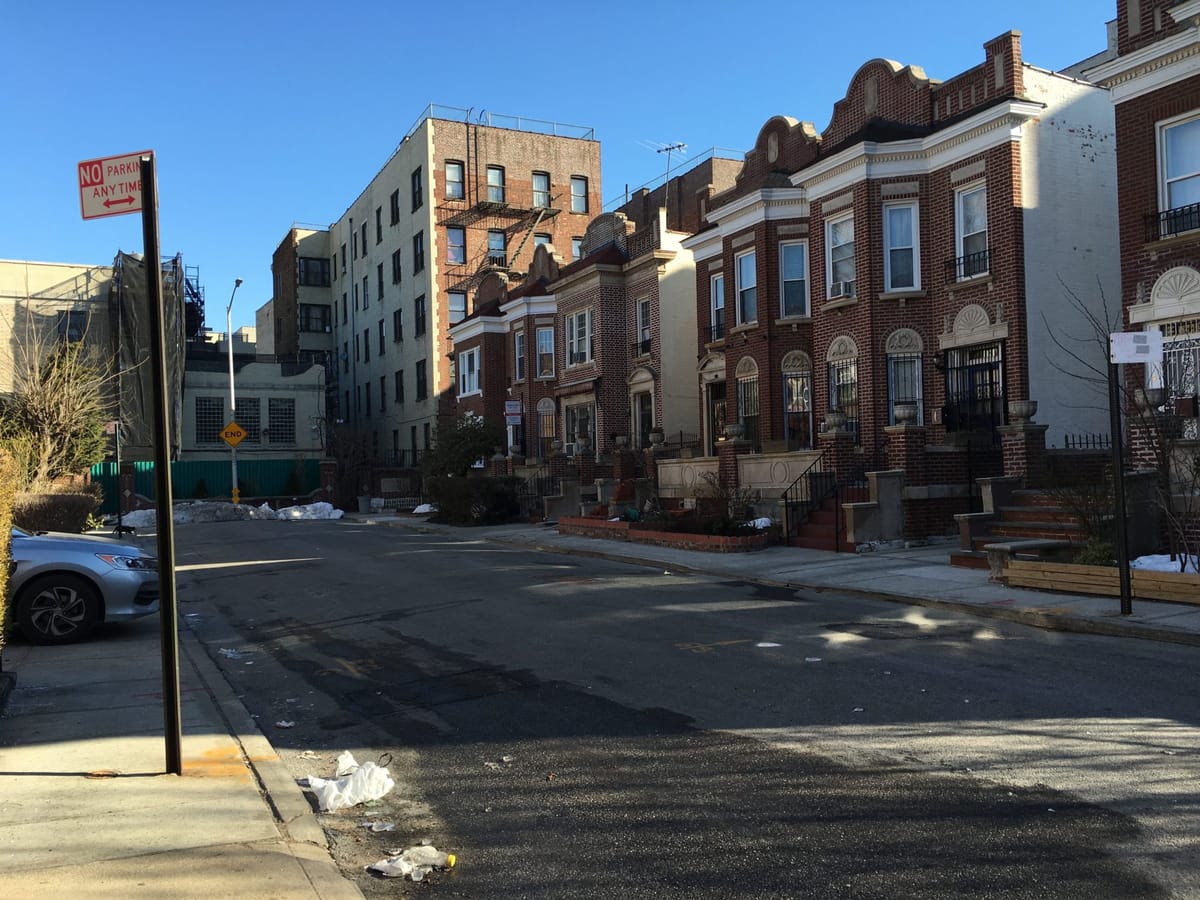

Check out the latest house-for-sale in a quaint, tucked-away corner of Flatbush — in what a 1923 New York Times writer called, “the most desirable corner in Flatbush.”
Martense Court, a tidy cul-de-sac at the corner of Martense Street between Flatbush and Bedford Avenues, is packed with 14 single-family homes constructed between 1915 and 1916.
The Colonial Revival style homes feature Flemish rooflines, and originally had parquet floors and hardwood trim inside, with servants quarters and separate garages, some of which have since been demolished.
The newest listing at 14 Martense Court had an asking price of almost $1.5 million ($1.499 million, to be exact). It was only on the market for 13 days, before changing the listing to ‘in contract’, according to the Douglas Elliman listing.
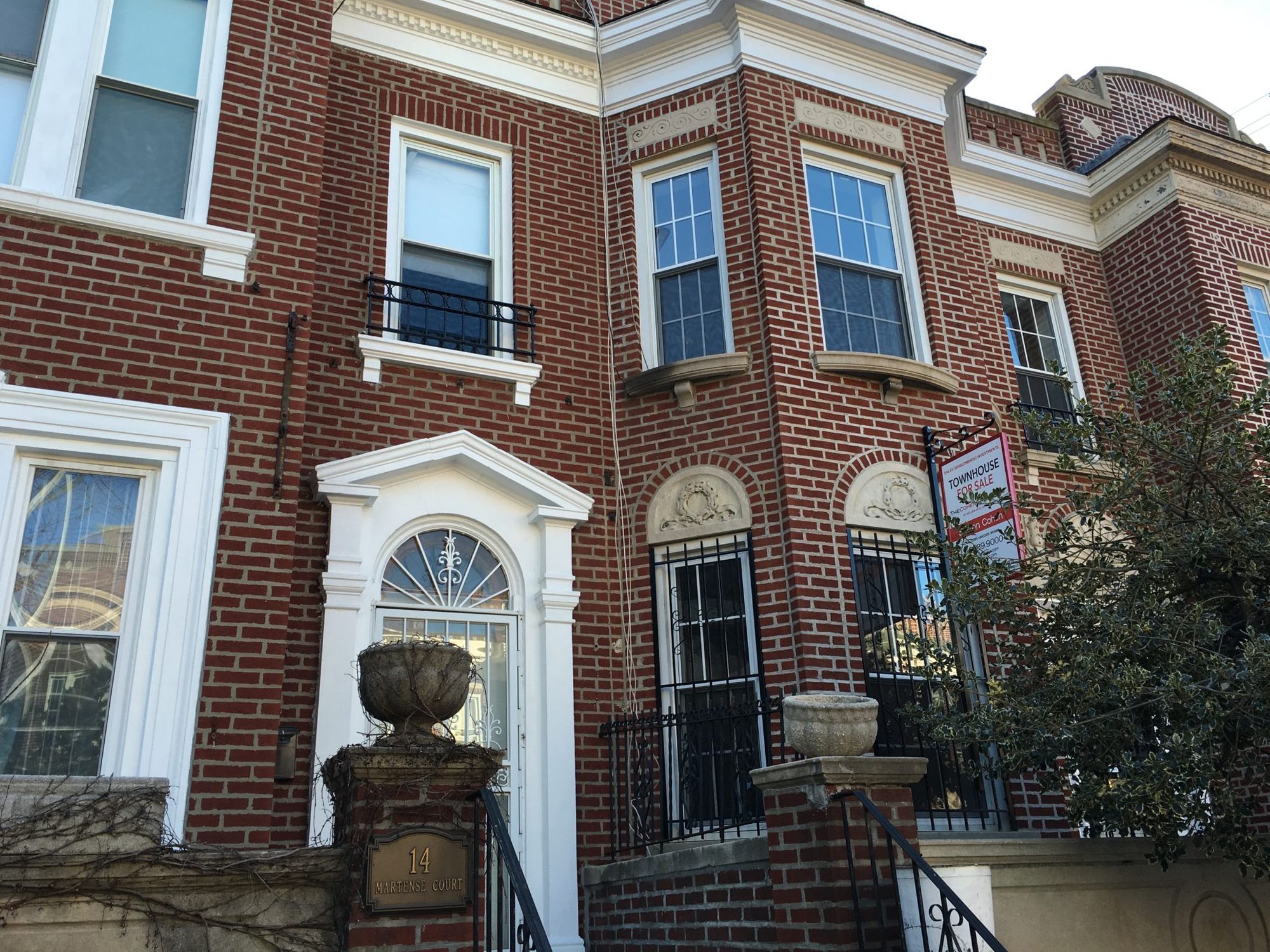
The homes on this tiny cul-de-sac seem to be rising steadily, as 9 Martense Ct. went for just over $1.2 million last year. According to newspaper archives, a two-story on Martense Court was listed for $20,000 in 1915, which translates to about $478,000. The current owner on record bought 14 Martense Court for $475,000 in 2010.
The entire two-story since family home includes four bedrooms, two bathrooms, a back patio, original parquet floors, a finished English basement with a private entrance, a brick fireplace, french doors, a coffered ceiling…okay okay, no need to juice the salivary glands since it’s not on the market — for the moment, anyway.
But the inside looks pretty spectacular anyway, and we’ve always wondered what this block looks like from the inside-out:
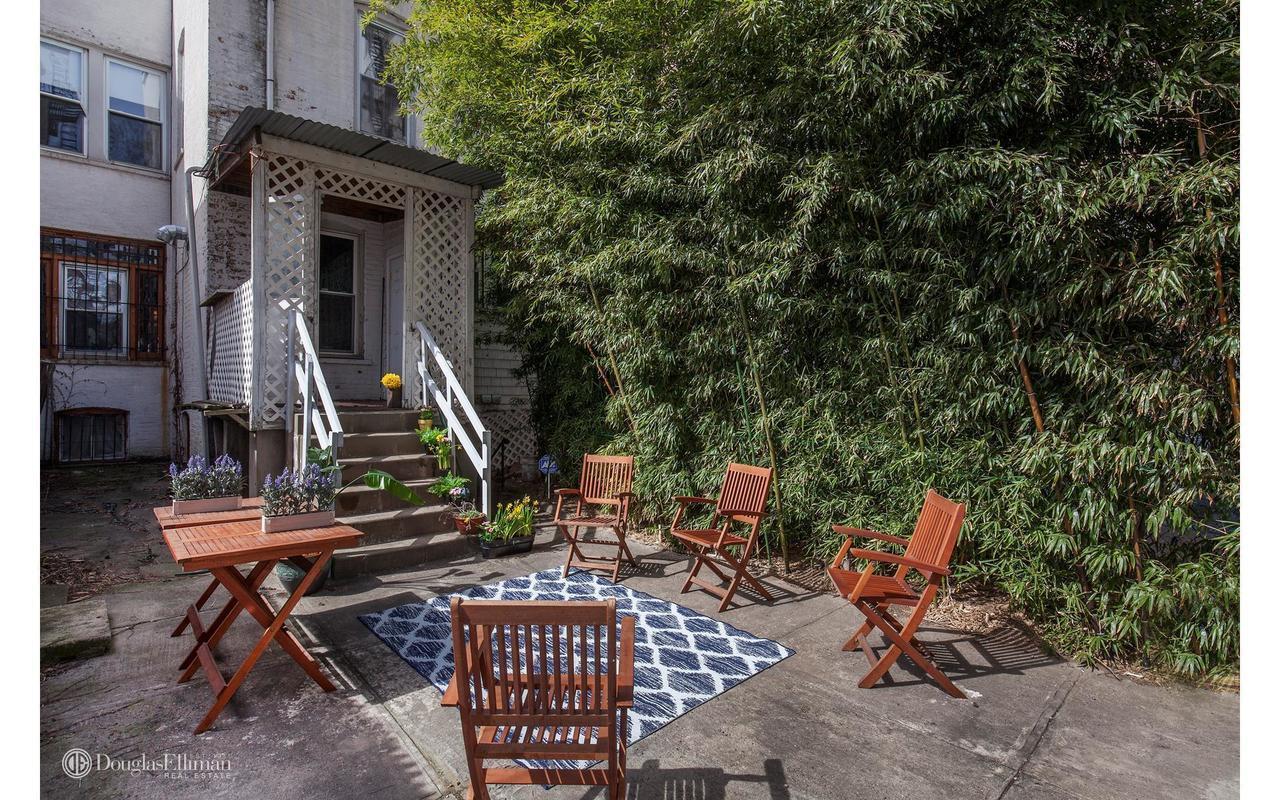
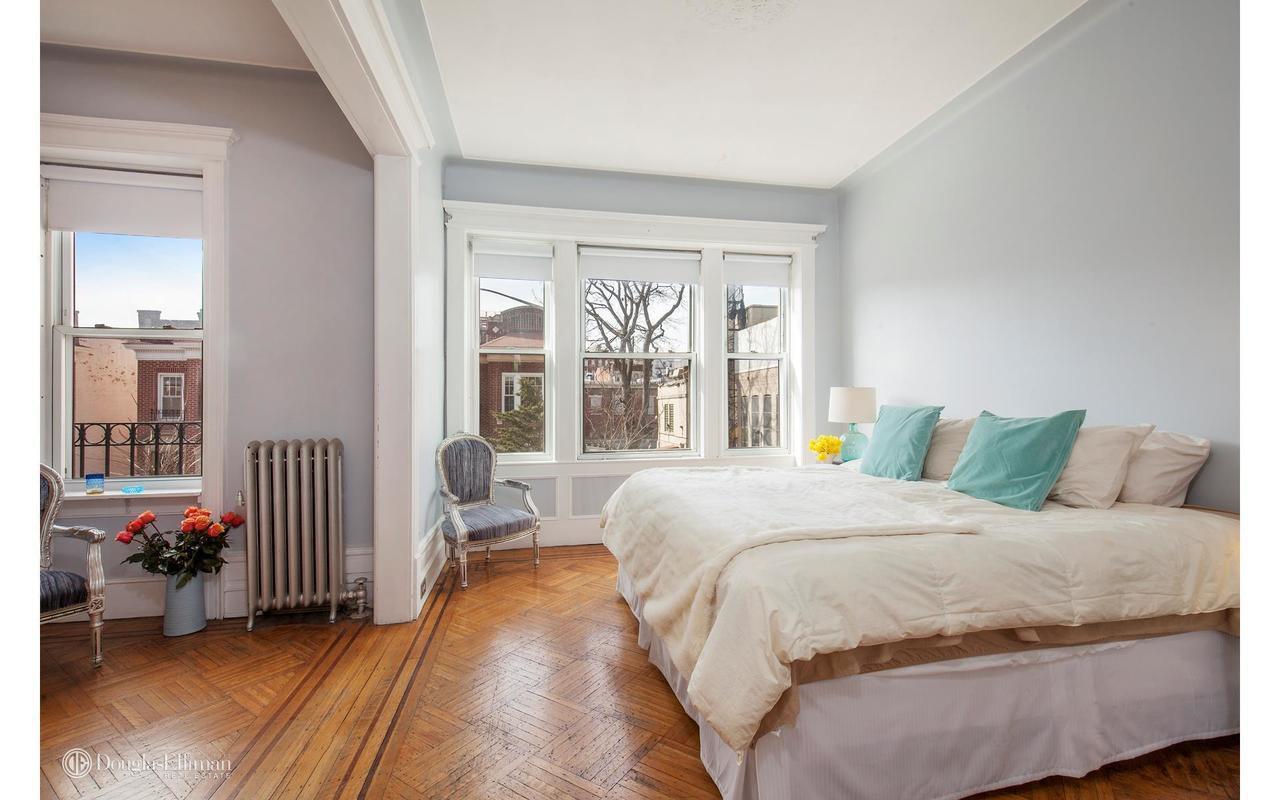
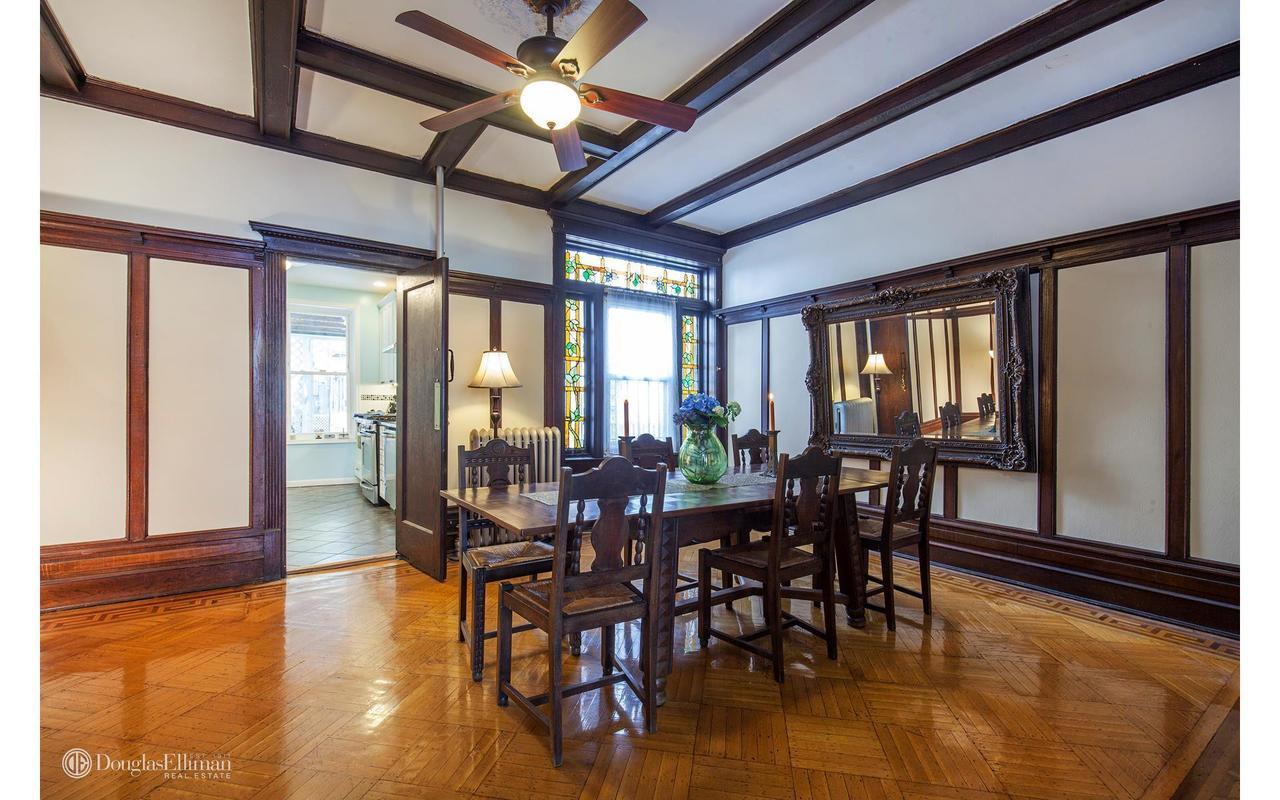
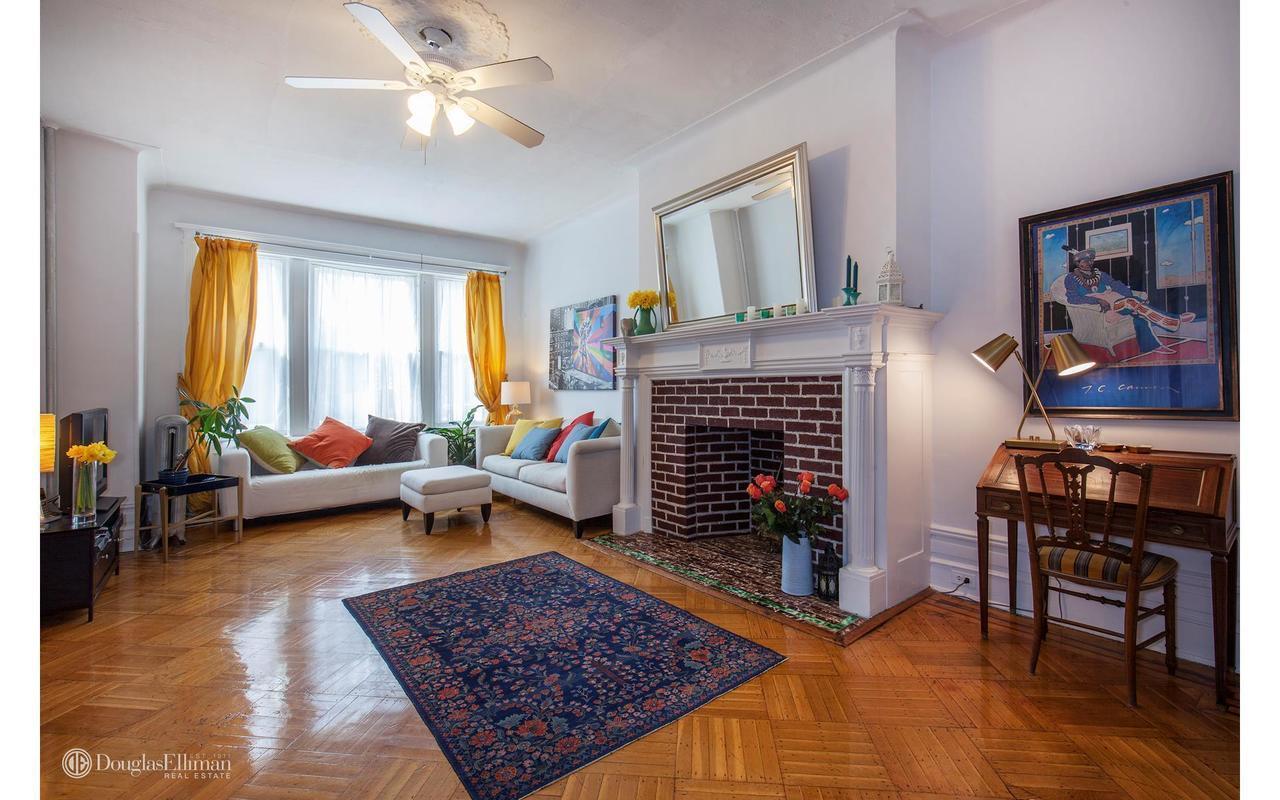
Martense Court, which was once called Prince Estate, sits in the heart of Flatbush. Though it’s only one block from the noise of Flatbush Avenue, it feels like a separate world.
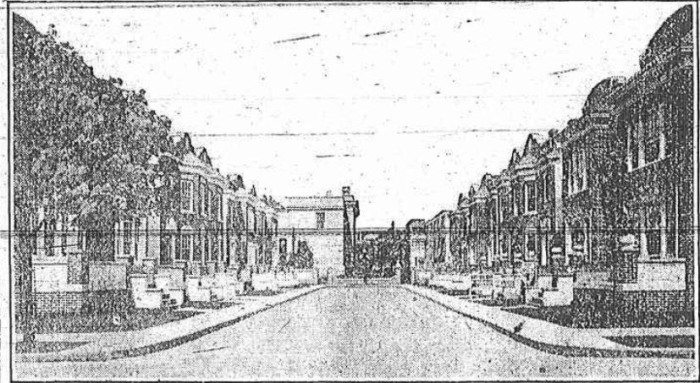
When we stopped by on a sunny day last week, it was surprisingly quiet and calm — the only audible sounds were chirping birds welcoming in the spring.
The cul-de-sac was the brainchild of a prominent Flatbush developer Charles Goell, writes Brownstoner. In the developer’s biography, the author describes Goell’s inspiration for the group of houses at “the exquisite Martense Court” as a stone’s throw from Flatbush, but “the embodiment of a half-hour’s mental manipulation.” Presumably, the quiet oasis that remains today.

And from the looks of it, Martense Court has been an oasis for most of the 20th Century, as Flatbush Avenue looks bustling even in 1928:
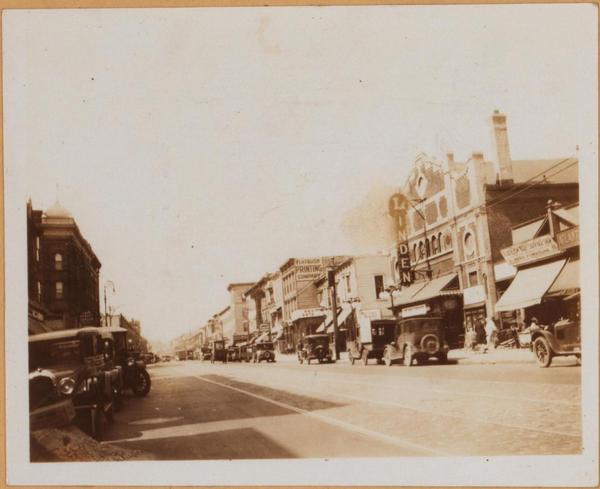
At the cul-de-sac edge, the Martense Court engraving marks what was once the back of the Flatbush branch of the Brooklyn Public Library (on the other side of the wall) and a small public garden.
